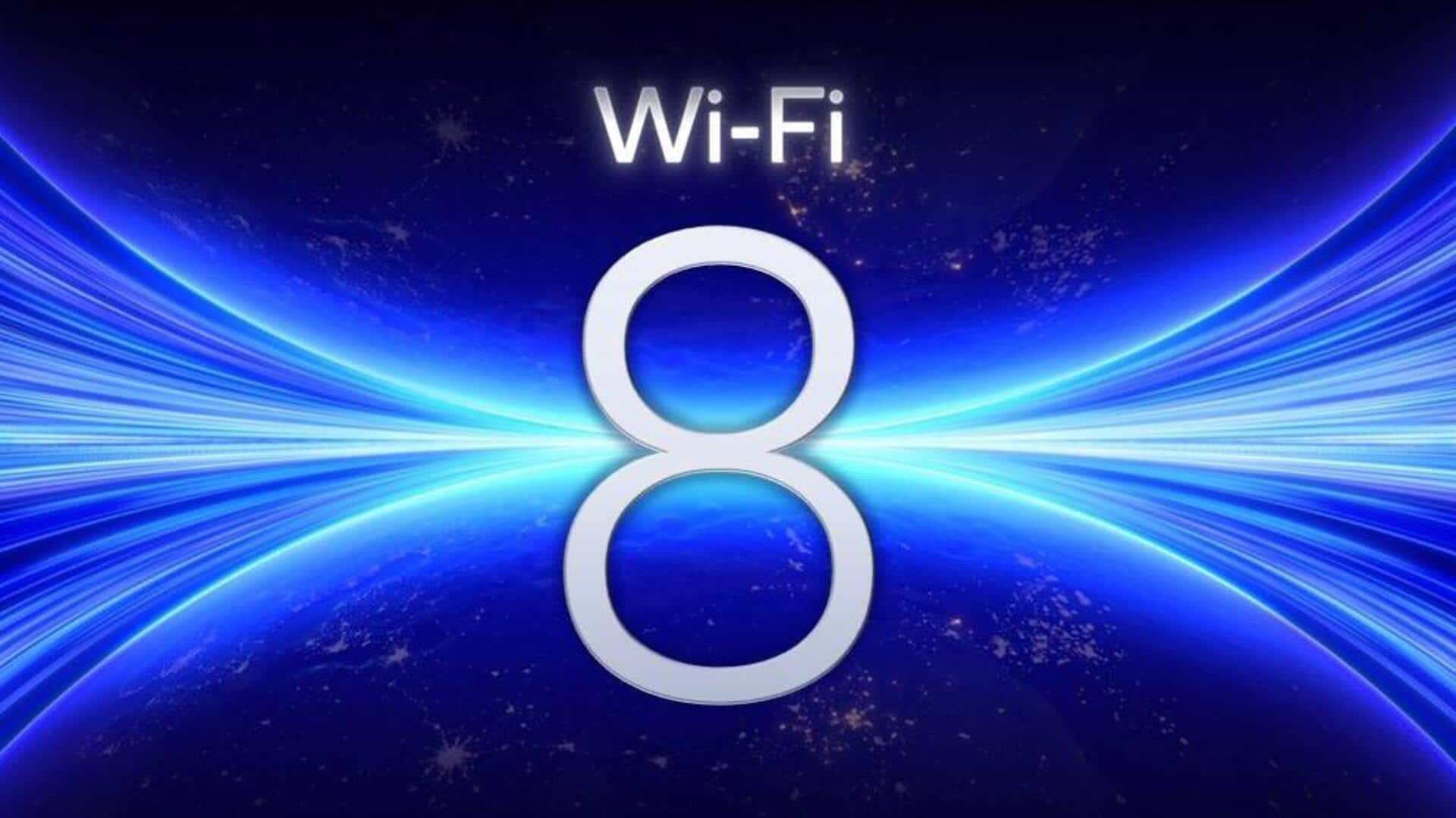
World's first Wi-Fi 8 hardware tested successfully
What's the story
TP-Link has successfully tested an early prototype of its Wi-Fi 8 hardware, marking a critical milestone in the development of this next-generation connectivity standard. The test confirmed the beacon and data transfer capabilities of Wi-Fi 8 (802.11bn), proving its viability for future consumer products. The prototype was developed through a joint industry partnership and is expected to be available ahead of the standard's ratification by IEEE by 2028.
Stability focus
Wi-Fi 8 will use multiple frequency bands
Wi-Fi 8 will use the 2.4GHz, 5GHz, and 6GHz bands with a theoretical maximum channel bandwidth of 320MHz and peak data rate of up to 23Gbps. However, unlike its predecessor, this new standard prioritizes connection stability over sheer speed. Qualcomm's July blog post on the new standard explains that Wi-Fi 8 is designed to keep devices online and stable in low-signal or high-load environments where many devices share the same connection.
User benefits
Wi-Fi 8 will improve connectivity in challenging real-world conditions
Wi-Fi 8 is expected to handle more devices simultaneously and reduce lag even when users are farther away from their routers or moving around their homes. This could greatly improve gaming and streaming experiences, preventing issues like freezes, drops, and "robot voice" during video calls. Qualcomm describes Wi-Fi 8 as a fundamental shift that prioritizes reliable performance in challenging real-world conditions over peak speeds.